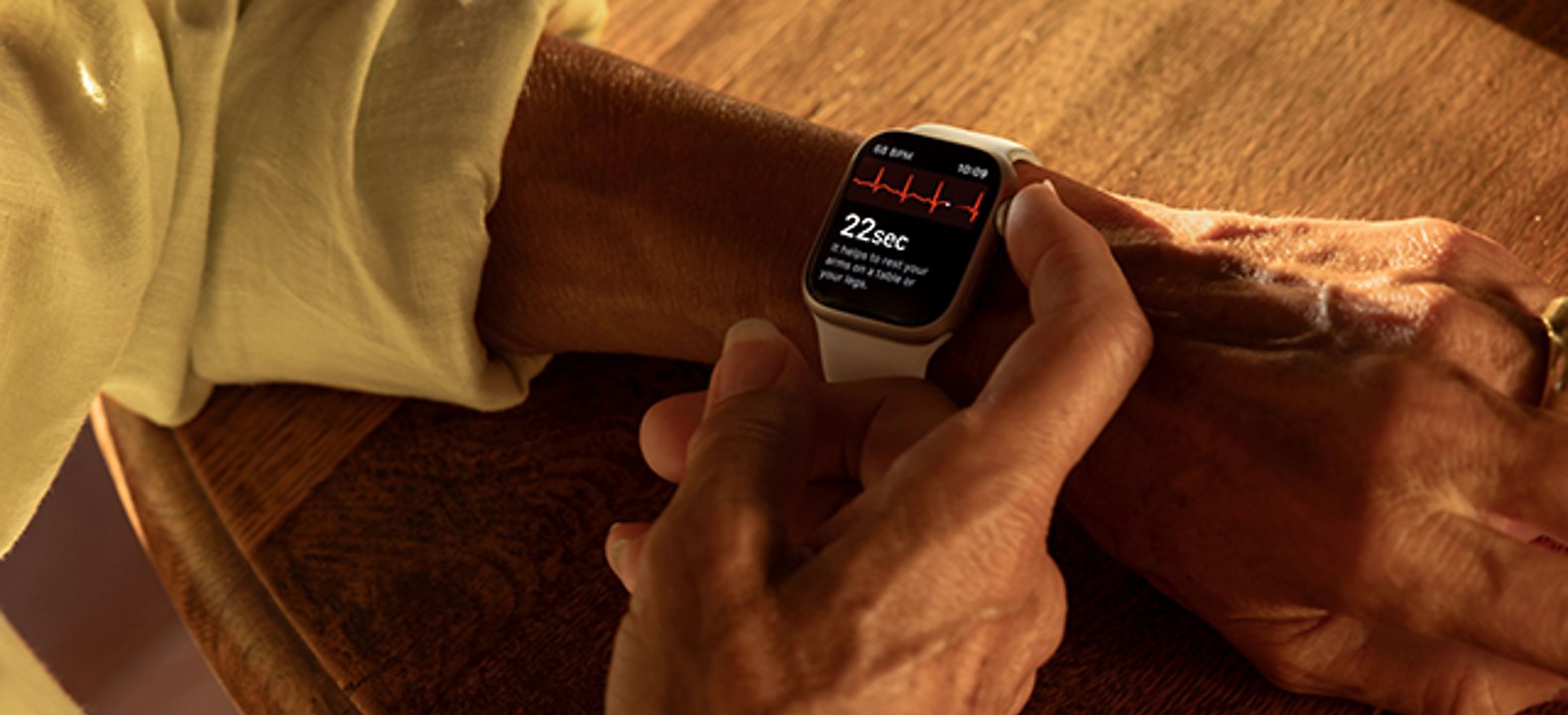Share this article:
Related content
What does value-based healthcare look like in 2023
A 5G network will continue to be an integral component of the digital transformation journey in healthcare.

Care anywhere: A framework for a future model of healthcare.
How four emerging trends influenced the "care anywhere" movement.

Fueling a new era of healthcare with 5G innovations.
5G Advanced Network Solutions enables healthcare providers to expand how they think about care in a digital age.

By Dr. Christine Gall, Head of Healthcare Marketing
The COVID-19 pandemic spurred adoption of digital technologies around the world, but it also magnified gaps in care coverage and access to quality care for many in underserved areas. In May 2022, the International Data Corporation (IDC) European Healthcare Digital Executive Summit convened with more than 50 senior European healthcare executives to discuss how to standardize and scale digital innovation in European healthcare. Although European healthcare systems operate differently than in the U.S., there are also many similarities and common goals.
The primary focus of the Summit was improving patient care and safety through technology in a more efficient and effective manner, while keeping the care patient centric.
One overall strategy is the “digital front door” meaning that access to healthcare services can start anywhere and at any time. This resembles the concept of the online consumer marketplace. The decision to seek care is similar to decision-making regarding the purchase of goods and services. This process starts well before the actual transaction is made.
Key considerations for developing an effective digital health strategy that leverages the digital front door.
- The trend toward telehealth services, wearables, smartphones, mobile health apps and online health-related platforms, which were growing prior to the COVID-19 pandemic, has accelerated dramatically.1 One of the current challenges is how to ensure continued growth and alignment of this emerging sector with the larger healthcare ecosystem.
- The capability of digital technologies to provide care to patients when and where they need it in response to the rise in consumerism in healthcare is a developing trend.
- Improve the experience of healthcare providers and patients. This trend recognizes that the patient and healthcare workforce experiences are opposite sides of the same coin. The digital front door can improve staff experiences, creating efficiencies and allowing for more flexibility in how healthcare data are collected and used, and how that process informs how healthcare services are provided.
- In both Europe and the U.S., it has between difficult for healthcare organizations to communicate and share data between broader ecosystems. Yet the sharing of data and removing silos is key to providing greater access to patients. For example, in the U.S., there are approximately 263 specialists per 100,000 population in urban areas, but only 30 specialists per 100,000 in rural areas. Telehealth services can help mitigate that disparity, by extending the reach of best-in-specialty providers.2
To effectively address these considerations, the digital infrastructure that supports virtual access must be updated.
While the collection and availability of biometric and other health related data have increased, the impact these large data sources have on patient outcomes has not been optimized. Artificial intelligence (AI) and machine learning (ML) are key to effectively leveraging these data. Removing information silos and clearing barriers to data interoperability are important ways to enable individuals to make decisions that allow them to achieve top compliance with the advice of their care team. Similarly, AI/ML technology can also offer critical decision support to providers enabling greater accuracy of diagnosis, early detection of signals of decline, and the opportunity to customize treatment to their patients' unique needs.
Integration of information important to personal health can be further enabled by the Internet of Things—sensors and devices that collect data to drive action in virtually all aspects of life. Imagine, for example, a diabetic patient who is offered better, healthier options as they shop for groceries, or is encouraged to park in locations that encourage increased numbers of steps and align with their overall wellness plan.
Find out about smart services that can help deliver better patient care.
For these trends to continue, a robust digital infrastructure is needed.
- 5G networks to provide the low-latency and high speed required for real-time video interactions.3
- High bandwidth to enable sending large files such as video or medical images, which allow more devices to connect.
- Effective wireless transmission
About the author:

Dr. Christine Gall has been a healthcare leader for over 30 years. As a nurse, she has practiced in inpatient, outpatient, and homecare settings, allowing unique insights into the continuum of care. Dr. Gall has designed and implemented multiple clinical programs aimed at addressing gaps in services and care for underserved patients. Prior to joining
Dr. Gall’s academic credentials include a Bachelor of Science Degree from the University of Wisconsin- Milwaukee, a Master of Science Degree in Healthcare Management from the Lubar School of Business Administration at the University of Wisconsin-Milwaukee, and a Doctorate Degree in Public Health Leadership from the University of Illinois Chicago. Her Dissertation, funded by the State of Ohio, was on the topic of Mass Casualty Pandemics. Dr. Gall is a Six Sigma Green Belt and has a Certification in Business Analytics from the Wharton School of Business at the University of Pennsylvania.
5G: Capable device required; coverage not available in some areas. Some uses may require certain plan or feature; see
1https://www.
2https://www.
3https://www.
4https://www.
5https://www.
6https://www.
7https://www.
Want even more trends, insights, and success stories?
Interested in